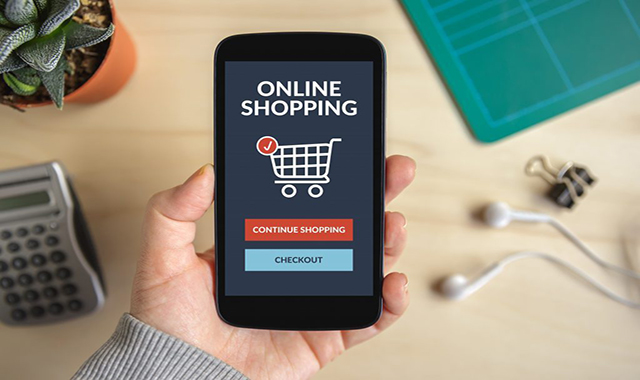
How Mobile Use Has Affected SEO

Search engine optimization is the key to getting potential customers to see your brand when they search online. In the old days you just had to include a few keywords, but the rise of mobile devices has made it so people don’t search as much on desktop computers as they do on the phones they carry around. In fact, 3 out of every 5 searches happen on mobile, so mobile far outpaces desktop as the number one method of searching. Though it may not seem like a huge difference, mobile search results are actually quite different from desktop search results.
People Don’t Click Like They Used To
Jumpshot Digital Intelligence recently gathered data on how many Google searches included organic clicks, ad clicks, and no clicks at all. Those statistics were then compared between mobile searches and desktop searches. When you look at the two sets of data side by side, there is a huge difference in the number of organic clicks on desktop vs on mobile devices. For desktop users, the change from 2016 to 2018 was nominal. However, mobile searches showed a much larger change, with an increase in no clicks (56.1 to 61.4 percent) and ad clicks (3.9 to 8.9 percent) while organic clicks showed a significant decrease (40.1 to 29.7 percent).
So the question is: why? When users search something related to shopping or a product, the first several results will be ads and possibly a carousel at the top with the products they’re looking for. Chances are users won’t scroll past that to see any of the natural search listings.
The other problem is with informational searches, which often get filled with Google’s own answer box for direct questions as well as ads and embedded YouTube videos related to the question asked. On a desktop monitor with a larger screen, you may be able to see past the layer of ads and answer boxes, but users on mobile devices are commonly looking for instant answers, so the first few results commonly grab their attention first. So, how can you get around that to ensure you’re properly targeting searchers?
Step Up Your Game
Though it may seem intimidating to be competing with paid ads, there will always be value in optimizing content and technology to target searchers. There are a few ways to improve your search rankings that don’t include spending money on Google Ads.
Win the Answer Box
Getting into the answer box guarantees that you’re the first thing that users will see in their search results, and also ensures that you will be the first thing they hear if using voice search.
Get Cracking on Informational Content
Most searches on mobile devices are informational. Additionally, as seen above, most mobile search-result clicks go to an ad, or garner no clicks at all. Therefore, adding informational content to your site will result in more visits to your site.
Establish Authority
The same informational content that gets you more clicks also boosts your authority. Quality content will sometimes be shared, and that improves your chances of being featured in someone else’s blog or social media posts.The authority obtained from these actions is critical to winning the coveted and necessary first organic listings, which are now commonly in the middle of the page (immediately following the ads and answer boxes).
Mobile Optimization is Crucial
If you can get people to come to your site, you don’t want them immediately leaving due to poor layout or slow load times. Ensure that your site has been tested on mobile devices and so that you are in the best position possible to shrink the mobile visit-to-conversion gap.
Be in the Top 3
In the end, you should at least be aiming to be in the top three positions on search results. Once users find what they’re looking for, they’re not going to search anymore, so you have to be the search result that gives them what they’re looking for. If you’re looking for more information or need assistance with SEO, contact us today.










